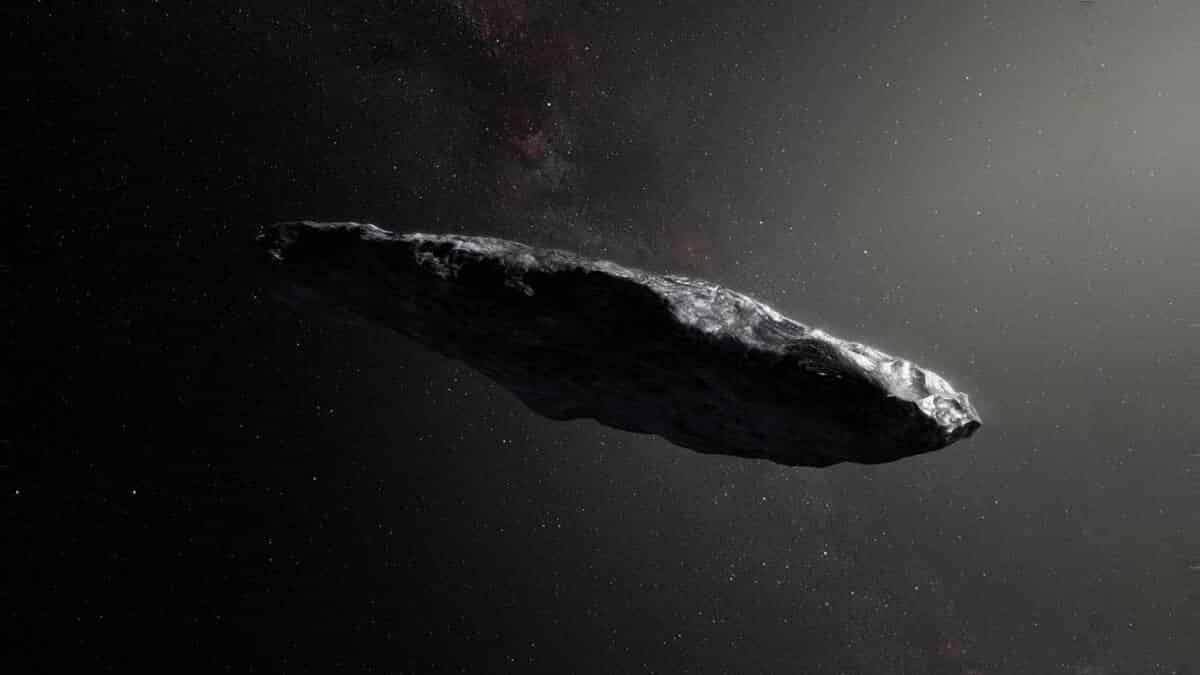NASA’s Hubble Telescope observes and confirms first Interstellar Comet

Known to be the second interstellar object found to enter our solar system, the comet provides invaluable clues.
Astronomers are once again treated with their best look yet at an interstellar visitor i.e comet 2I/Borisov, all thanks to NASA’s Hubble Space Telescope. The interstellar comet’s speed and trajectory indicates that it has come from beyond our solar system. On Oct. 12, 2019, the image taken by the Hubble is said to be the sharpest view of the comet to date. Hubble reveals a central concentration of dust around the nucleus (which is too small to be seen by Hubble).
Comet 2I/Borisov is said to be the second such interstellar object known to have passed through the solar system. The first identified interstellar visitor, an object officially named ‘Oumuamua, swung within 24 million miles of the Sun before racing out of the solar system, was seen back in 2017.
David Jewitt of the University of California, Los Angeles (UCLA), leader of the Hubble team who observed the comet says, “Whereas ‘Oumuamua appeared to be a rock, Borisov is really active, more like a normal comet. It’s a puzzle why these two are so different.”
Known to be the second interstellar object found to enter our solar system, the comet provides invaluable clues to the chemical composition, structure and dust characteristics of planetary building blocks presumably forged in an alien star system a long time ago and far away.
Amaya Moro-Martin of the Space Telescope Science Institute in Baltimore, US was quoted saying, “Though another star system could be quite different from our own, the fact that the comet’s properties appear to be very similar to those of the solar system’s building blocks is very remarkable.”
“It’s travelling so fast it almost doesn’t care that the Sun is there,” says Jewitt. The comet is following a hyperbolic path around the Sun, and currently is blazing along at an unbelievable speed of 110,000 miles per hour.
Stay tuned to this space for more such articles.


